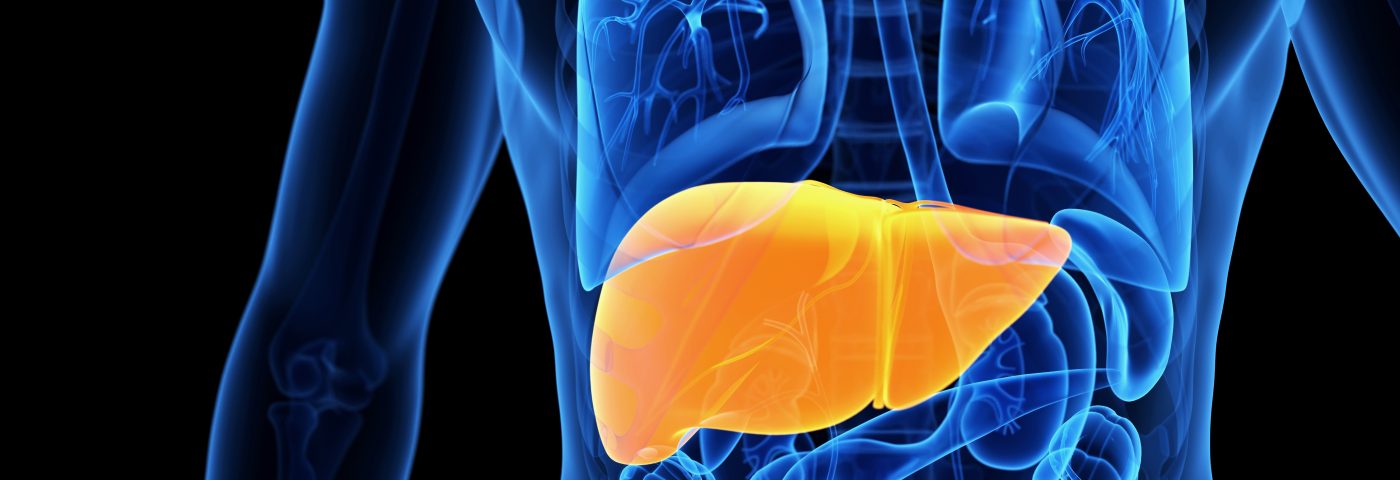The proinflammatory cytokine IL-17 drives the development of non-alcoholic steatohepatitis, or NASH — a disease that often leads to liver cancer, researchers at the National Cancer Research Centre (CNIO), in Spain, reported.
These findings, published in the journal Cancer Cell under the title “Metabolic Inflammation-Associated IL-17A Causes Non-alcoholic Steatohepatitis and Hepatocellular Carcinoma,” indicated that blocking IL-17, possibly with drugs already on the market, might be a feasible way to prevent both NASH and hepatocellular carcinoma, particularly in such at-risk groups as obese people and patients with viral hepatitis.
NASH resembles alcoholic liver disease in its appearance, but occurs with little or no alcohol consumption. Since the disease is often silent, not plaguing its carrier with burdensome symptoms, the liver changes can continue for some time before being detected, and in the worst case, lead to the development of the most aggressive form of liver cancer.
Fatty liver disease, often present in obesity, is frequently seen in individuals who later develop NASH. But many people with fatty liver do not develop NASH and liver cancer.
“Accumulation of fat by itself cannot explain the appearance of NASH. On the contrary, inflammation determines the progression and outcome of the disease, as only 10% to 20% of obese patients with fatty liver disease will eventually develop NASH,” Nabil Djouder, the study’s senior author, said in a news release.
Researchers were exploring the condition in mice when they discovered that excess nutrients trigger the activity of a gene called URI in the liver. The gene, which is also activated in patients with hepatitis caused by viral infection, is a cancer-promoting gene, damaging the DNA in liver cells.
Such damage, the team discovered, triggers an inflammatory reaction, with a particular type of immune cells traveling to the site of damage. These cells, called Th17, secrete the proinflammatory cytokine IL-17, in turn attracting other immune and inflammatory cells. The process eventually leads to insulin resistance — a typical feature in NASH patients.
To test the idea that IL-17 might actually drive the development of disease, Dr. Djouder and his team gave healthy mice injections with the cytokine. After four weeks, the mice started showing signs of NASH.
Further proof of the cytokine’s role in the disease came from patients. The team found that IL-17A levels, as well as the activity of the URI gene, correlated with the presence of NASH and hepatocellular carcinoma in obese people and patients with hepatitis B or C infection.
Importantly, the researchers also prevented the development of NASH and liver cancer by treating the mice with antibodies blocking IL-17 or by using the drug digoxin — a heart medication used to prevent arrhythmias.

